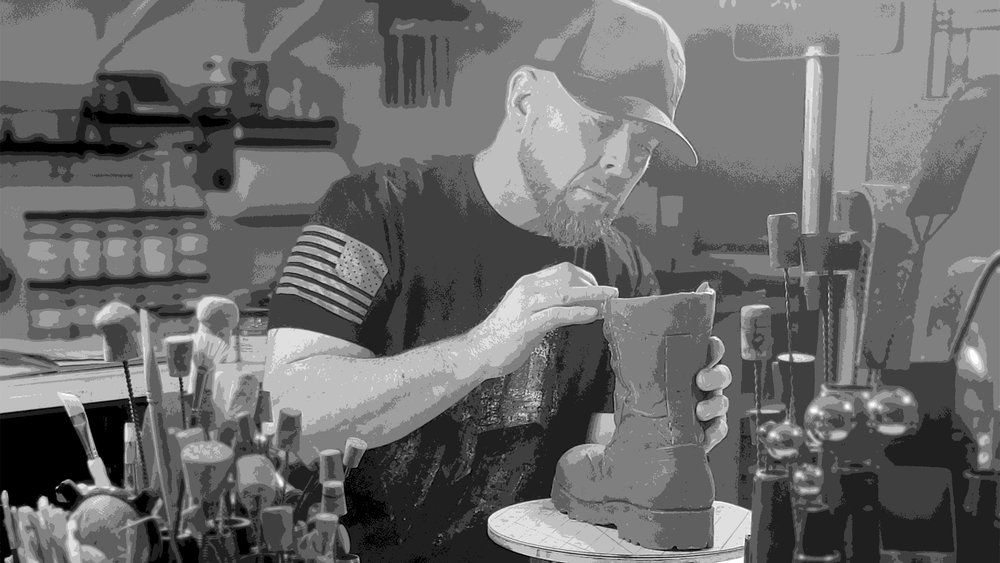Mr. Stigma is created from blue painters’ tape, the army extreme cold-weather mask, and the army combat shirt—masking my senses, muting my voice, keeping me from feeling free. I felt like I wore this extreme mask someone put upon me and treated me for this monster instead.
I was masking my senses being as nice and “ok” as I possibly could be. This confined space within my head, felt like I had to again prepare for battle, to wear the gear and go back to war with those who knew me. The VA Hospitals, my work peers, family, friends, even my kids. Why did I feel so out of place? Because of these stigmas, these people were now afraid of me. Someone they used to know, but now because of my military experiences, I am held estranged and accountable as if I chose to be this monster, instead of me. Such a harsh reality and unfortunate that people treat others in this type of way, after a period of time, you can fall into some realm originated by someone else.
The National Alliance on Mental Illness or NAMI categorizes stigma in seven main types. A stigma is known to lead to further problems such as anxieties and depression, causing someone’s mental health concerns to worsen and delay, even stopping them all together from getting a form of help.
Spanning over a decade long reintegration, I felt trapped inside this mask while trying to sort out my life, but I had the urge to make work and focus on this hardship time—I wanted to remove this mask for myself, to be free from the thoughts of others ultimately controlling me in some way. I believe during this time I experienced each stigma that NAMI refers to; labeled as Avoidance, Structural, Perceived, Public, Health Practitioner, Self, and Associative Stigmas. I made this work as a metaphorical transition, understanding my life needed change. I now believe that I have let go of other people’s stigmas owning me and I have felt a sense of relief and freedom in how I live and view my life today.


